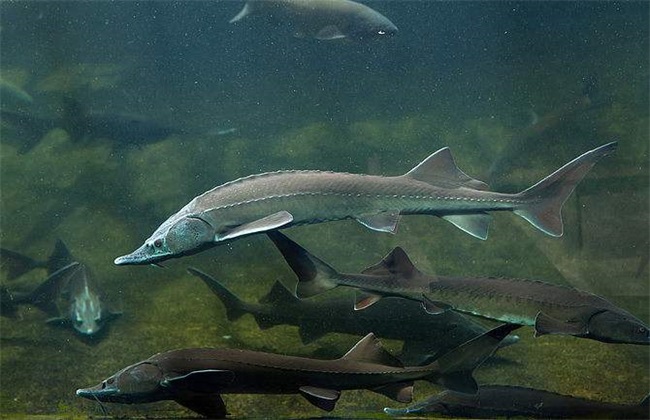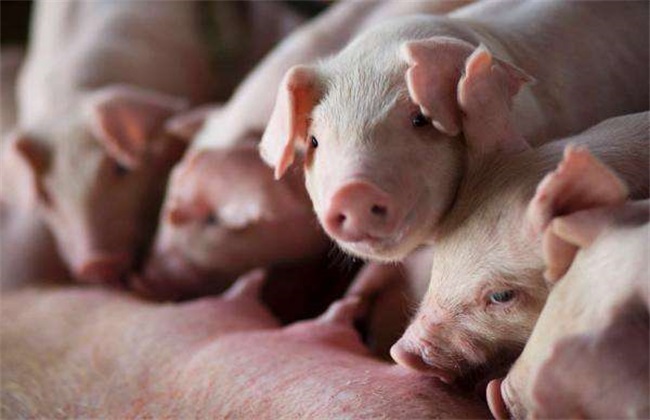Symptoms and rescue measures of heat stroke in sheep
Sheep is one of the main livestock in China, and the breeding area in our country is very large. When we raise sheep, we must do a good job in management. Especially when it is hot in summer, sheep can easily get heatstroke if they are not managed properly. Heatstroke will have a great impact on the weight gain and growth of sheep, and in severe cases it will lead to death. So what are the symptoms of heat stroke in sheep? How to save it? Let's take a look at it.

1. Symptoms of heatstroke
After heatstroke, sheep are divided into three stages, each of which has different symptoms. In the early stage of heatstroke, the spirit of raising is depressed, the amount of food intake decreases or even does not eat, the walk is shaking, and the heartbeat is also obviously accelerated. After entering the middle stage, the breathing of the sheep becomes obviously shortness of breath and the body temperature will rise. There are trembling, sweating and other phenomena, and some sheep will be excited. Finally, after entering the later stage, the sick sheep fell to the ground directly and fell into a coma. The heart is gradually paralyzed, which leads to the death of the sick sheep.
2. Rescue measures
After finding the sheep with heatstroke, the sick sheep should be moved to a cool place in time, and then drenched with cold water from the sheep's head, which can effectively alleviate the phenomenon of sheep heatstroke. Or you can bring the sick sheep to the nearest water source, let the sheep stand in the water, cool the sheep, the effect is also very good. When the situation is more serious, the sick sheep can be bled intravenously, and then injected with appropriate amount of normal saline. If the spirit is excited, then you can inject chlorpromazine intramuscularly, and the sheep with weak heart should be given cardiotonic agents in time. Anyway, for heatstroke sheep, first aid measures should be taken in time to alleviate the symptoms of heatstroke.
3. Preventive measures
Raising sheep in captivity
We should carry out different prevention of heatstroke according to the breeding methods of sheep. If sheep are kept in captivity, then ventilation should be done to reduce the breeding density of sheep, so as to avoid overcrowding and mutual influence on the growth of sheep caused by overdensity. Then the drinking trough in the sheep shed should keep enough cold water at all times and change the water once a day. Finally, it is necessary to plant trees around the sheep house, shade the sheep house, or build a shade shed. Prevent the sun from shining directly on the sheep.
Stocking sheep
If we are herding sheep, then we should first of all pay attention to controlling the time of grazing, early grazing time every morning and postponing grazing time in the evening. It should be noted that it is important to remember not to remove grazing at noon, which can easily lead to heatstroke. And when grazing, it is best to put the sheep in a shaded place. Then every time before grazing, let the sheep drink enough cold water, and after returning to grazing, let the sheep drink water again. If you sweat more, then you can add the right amount of salt to the water, but occasionally spray water to cool the sheep.
The above is a brief introduction to the symptoms and rescue measures of heat stroke in sheep. After heatstroke, sheep must take first aid measures to save the loss and protect their own interests. That's all for today's introduction. This article is for reference only. I hope it can help you all.
Related
- On the eggshell is a badge full of pride. British Poultry Egg Market and Consumer observation
- British study: 72% of Britons are willing to buy native eggs raised by insects
- Guidelines for friendly egg production revised the increase of space in chicken sheds can not be forced to change feathers and lay eggs.
- Risk of delay in customs clearance Australia suspends lobster exports to China
- Pig semen-the Vector of virus Transmission (4)
- Pig semen-the Vector of virus Transmission (3)
- Five common causes of difficult control of classical swine fever in clinic and their countermeasures
- Foot-and-mouth disease is the most effective way to prevent it!
- PED is the number one killer of piglets and has to be guarded against in autumn and winter.
- What is "yellow fat pig"? Have you ever heard the pig collector talk about "yellow fat pig"?



